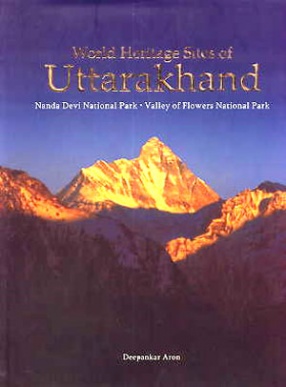India has a vast Protected Area (PA) Network for in situ conservation of country’s biological diversity. The PA Network consists of 99 National Parks (NP) and 514 Wildlife Sanctuaries (WLS) spread over approx 4.79 percent of the geographical area of the country. Uttarakhand is unique in having six National Parks, the highest number of National Parks amongst the Indian Himalayan States and second highest in the country. Yet, Nanda Devi National Park and Valley of Flowers National Parks stand out like two jewels in the entire PA Network for their conservation history, immense natural beauty, rich biodiversity and renown at a global level.
Uttarakhand is Indias youngest Himalayan State. Nanda Devi peak, which is undoubtedly one of the greatest mountains of the world, is deeply associated with the folklore in the region and worshipped as a deity in various forms throughout the State. In Hindu mythology the Valley of Flowers area is named as Nandan Kannan meaning Garden of Lord Indra (a Hindu deity) in Paradise. Valley of Flowers NP and Nanda Devi NP are both situated in the Himalayas in high altitude areas and are widely acclaimed for their breathtaking landscape and alpine meadows harboring rare flowering plants.
Conservation in the region was initiated eighty years ago in 1939 when the Nanda Devi basin was first declared as a Sanctuary. In subsequent decades Nanda Devi became a popular summit for mountaineers second only to the Mount Everest. In 1982 its status was upgraded into Nanda Devi National Park with an area of 624.6 sq. km. Mountaineering within the NP came to a halt. In the same year, Valley of Flowers National Park was notified with an area of 87.5 sq. km.
Contents:
1. Foreword. 2. Overview. 3. Nanda Devi National Park. 4. Valley of Flowers National Park. 5. Nanda Devi Environs.





There are no reviews yet.